“Pathway Parent Talks” is our weekly medical blog dedicated to providing parents with clear, reliable information on child health and development. Each post aims to empower families with practical tips, expert advice, and the latest medical insights, helping you navigate the pathways of parenthood with confidence and care.
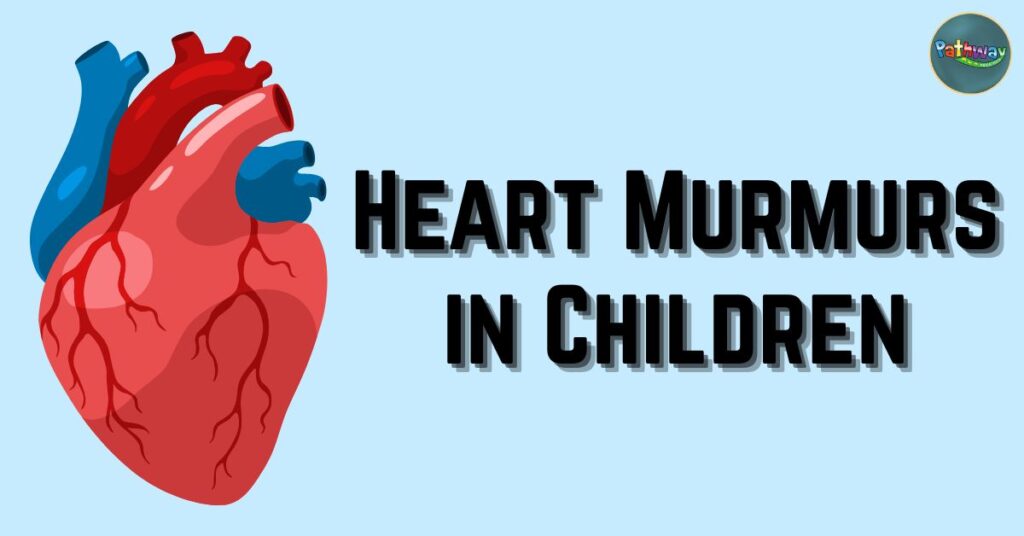
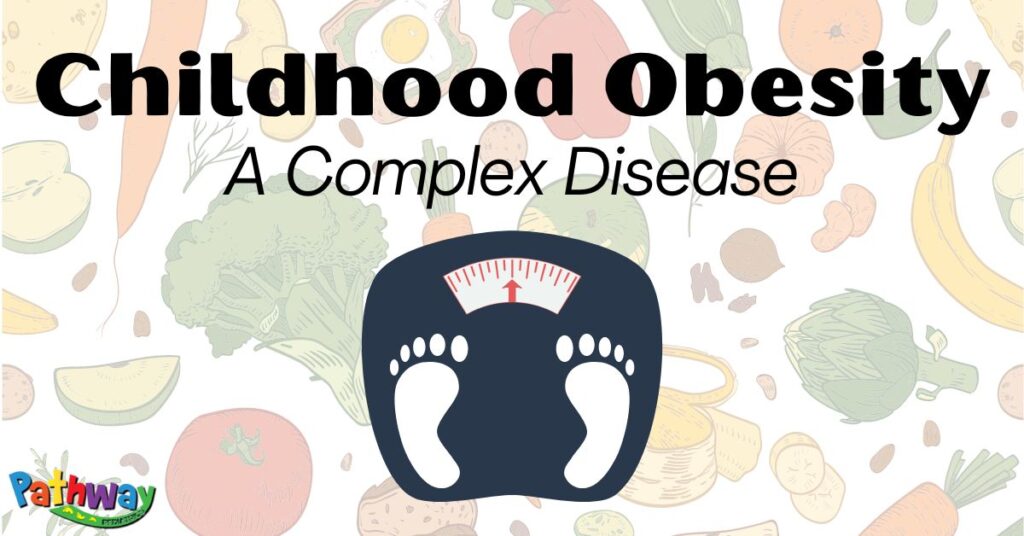
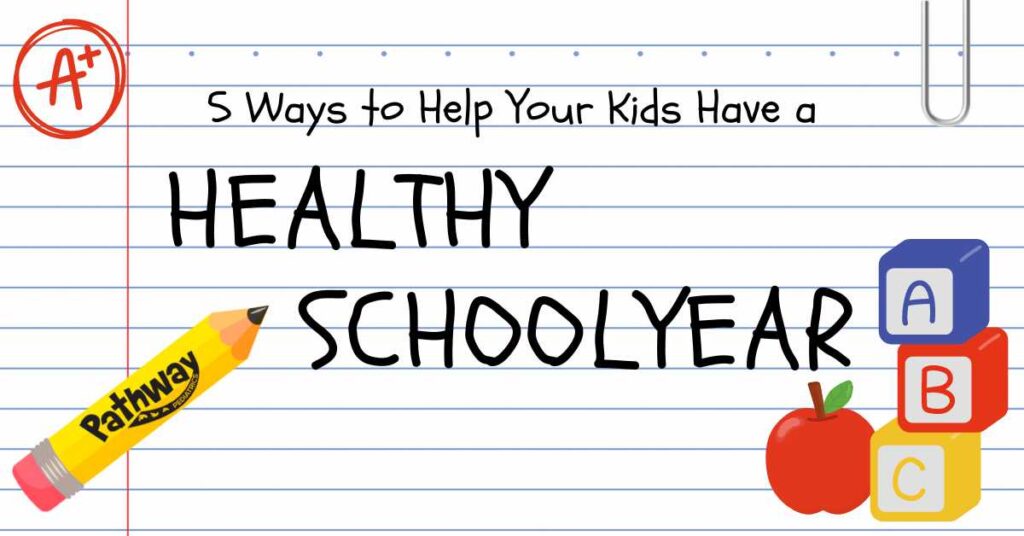
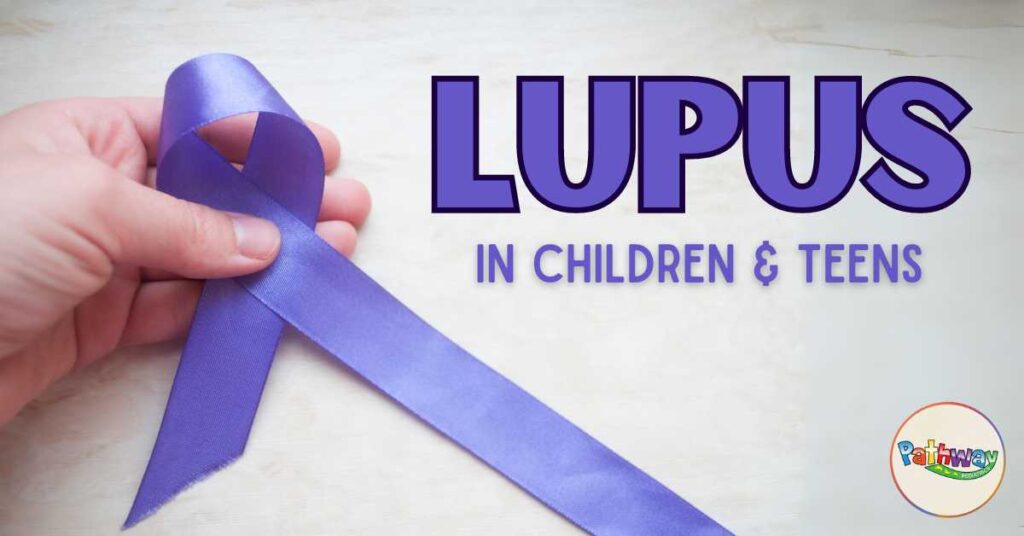

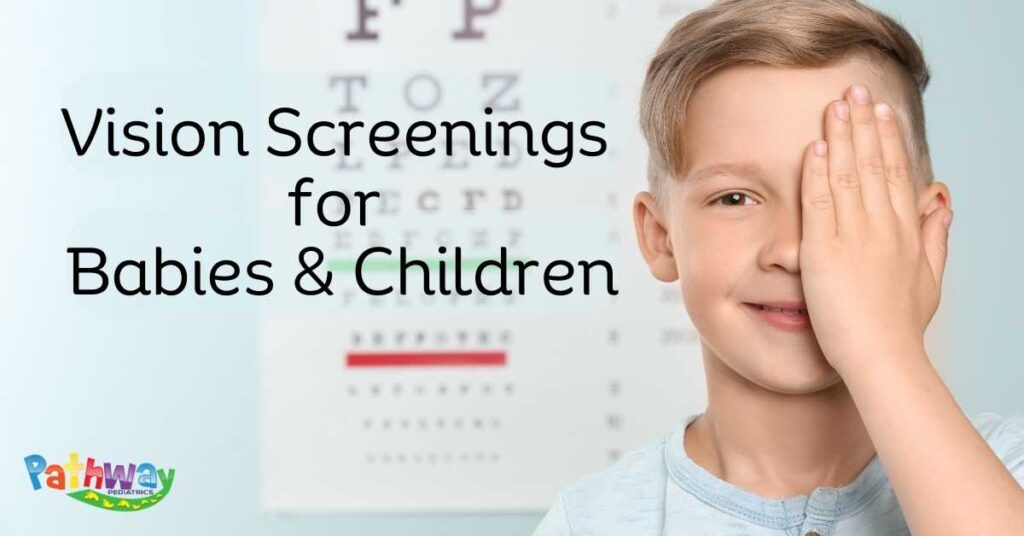

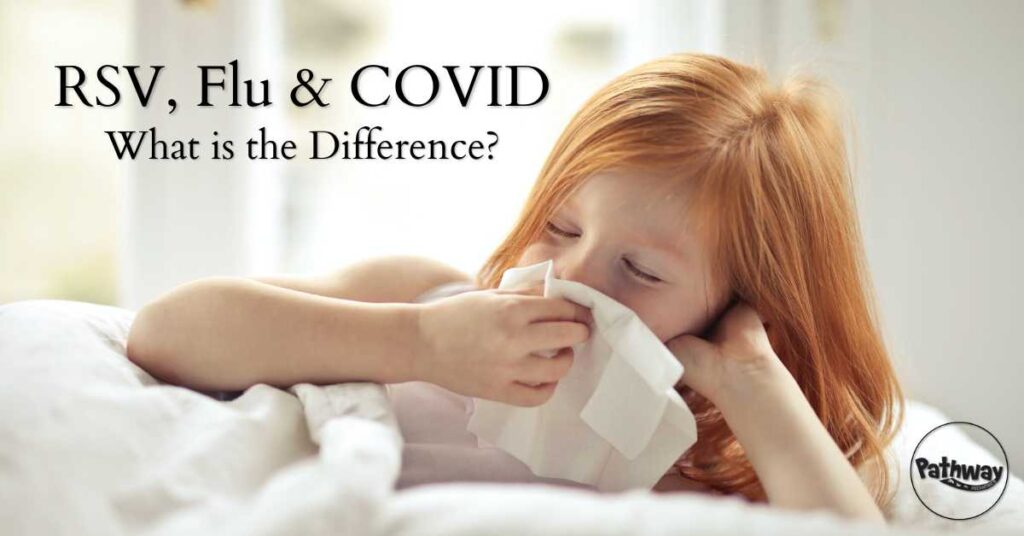
40920 US Hwy 280,
Sylacauga, AL 35150
398 Chesser Drive, Suite 7
Chelsea, AL 35043
Direct your children onto the right path and when they are older they will not turn from it.
Proverbs 22:6
© 2024 Pathway Pediatrics. All Rights Reserved.